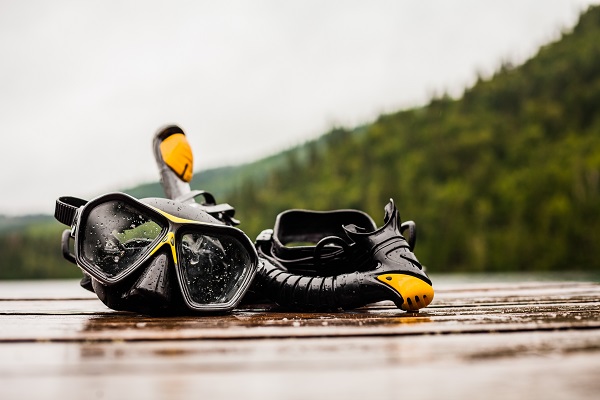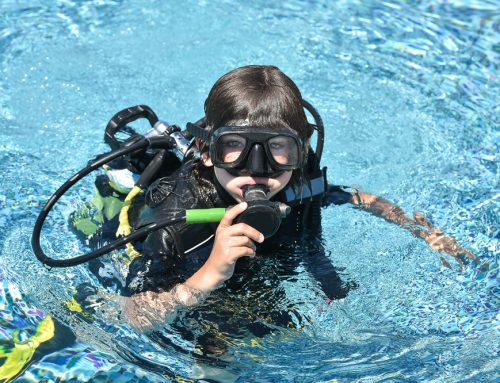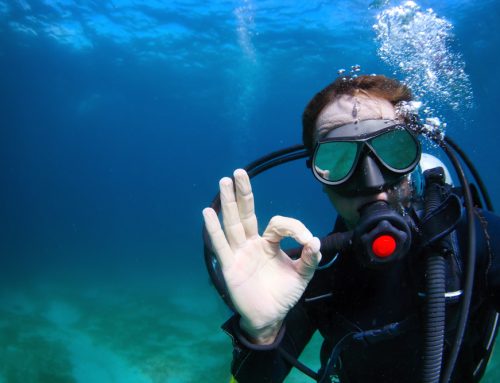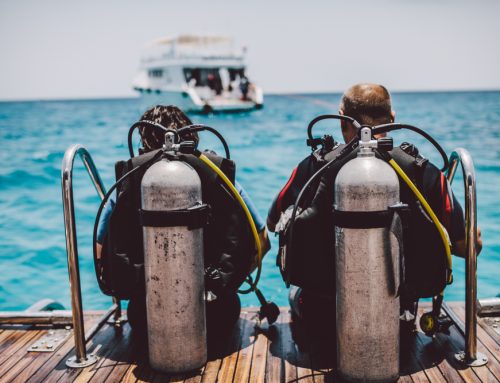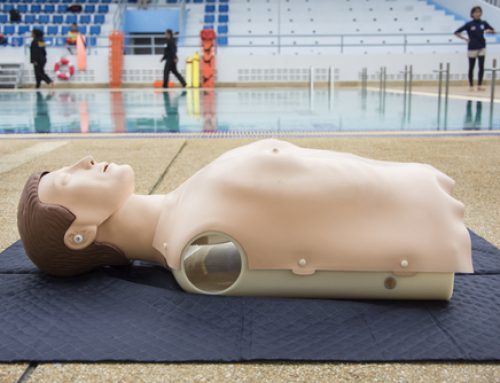Before you head out on your next dive, take a few minutes to check your gear and consider the last time you received a scuba gear service. Learn how often you should receive a complete equipment inspection, what gear should be inspected, & how servicing can help you avoid dangerous diving situations.
The Importance of Routine Servicing
While the old rule of thumb expected divers to service their equipment at least once a year, this was primarily due to O-rings and metal components that could wear out and corrode easily. Modern equipment holds up far better, regardless of the number of dives you take.
Routine servicing and inspection prevent several potential equipment failures. However, every piece of equipment has a different maintenance schedule. The best way to ensure your equipment is appropriately serviced is to read your owner’s manuals and follow any service schedule recommended. A professional scuba repair facility will also have a recommended service schedule for each equipment make and model.
Tank Servicing and Inspection
A tank (scuba cylinder) has the most stable service schedule, so it’s easy to keep an eye on it. Depending on your country, expect to have your tank serviced with a hydro-static inspection every three to five years and a visual inspection every year. Each of these is a crucial step to prevent catastrophic take failure.
A hydro-static inspection uses a special hydraulic testing connection in place of your usual valve. An experienced technician fills your tank with water to 5/3 of its working pressure. This allows the technician to inspect the flexibility of your tank walls without risking an explosion if your tank’s been compromised.
A visual inspection is far less time-consuming and involves a simple check to spot any signs of cracking or corrosion. Major cuts, dents, bulges, or other issues need to be checked out to be sure your tank is ready to go. A technician should also check out your threads, burst disc, and valves for signs of corrosion or contamination.
BCD Maintenance
While you’re going through your equipment, don’t forget to check out your BCD. A BCD should be maintained routinely, but the exact schedule is highly dependent on your exact make and model of BCD.
A maintenance routine involves disassembly, inside and outside cleaning, any necessary replacement parts, and complete reassembly. Follow your manufacturer’s instructions to avoid an unsafe dive.
The BCD inflator mechanism is a critical component and must be serviced. A “sticky” inflator mechanism could cause an uncontrolled ascent or may not allow air to escape upon ascent. Additionally, many BCD’s have an attached alternate air inflator mechanism that, like the primary regulator, must be serviced.
Regulator Servicing
Regulators require complete servicing periodically to prevent unsafe operation while you dive. Because of the critical nature of your regulator, this is one of the most important servicing schedules to stay on top of. Don’t let days, weeks or even months go by if you’re due for a maintenance check. Professional servicing of a regulator can include these steps:
- Disassembly of all stages
- Degreasing and ultrasonic cleaning
- O-ring replacement
- Metal component inspection and replacement
This full-service approach is known as a complete overhaul. A complete overhaul can identify any issue throughout your regulator but is often unnecessary on a routine basis. Instead, ask your local scuba repair shop about a bench check. This visual inspection is far less intensive, so you’ll save yourself some time and money. If a technician spots anything amiss during a bench check, you can opt for simple adjustments or a complete overhaul.
Schedule Professional Servicing Today
When it comes to premier scuba equipment servicing, A-1 Scuba is your prime location. We have four trained technicians with the training credentials to service nearly every brand of equipment. People from around the country continue to use us for their equipment service needs. Please stop by our state-of-the-art facility or send in your equipment to enjoy leading flow bench testing and integrated depth and computer testing technology.
Send a repair form today to schedule a scuba regulator service how often your service manual recommends. Choose A-1 Scuba for a complete overhaul or visual inspection of your tank, BCD or regulator today to enjoy peace of mind as you take your next dive.


